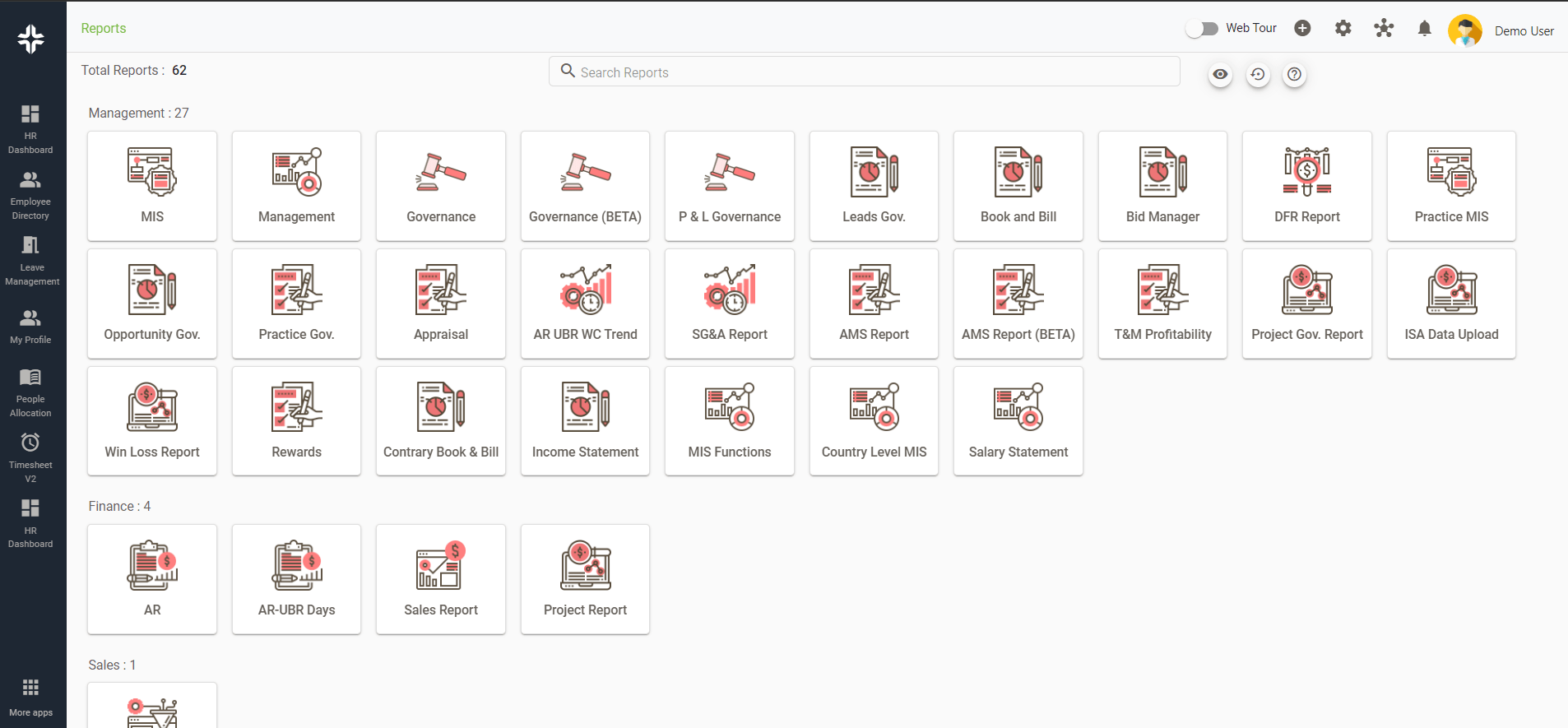Home » PSApedia
Issue Aging
Address Problematic Aging with Our Efficient Solutions. Streamline Processes and Eliminate Delays.

What is Issue Aging?
Issue Aging refers to the duration an issue remains unresolved or open in a system. Whether it’s a customer complaint, a software bug, or a project task, understanding how long an issue has been pending can provide insights into the efficiency of a process or system.
In essence, it measures the time elapsed from when an issue is first reported until it is resolved.
Why is Issue Aging Important?
Understanding Issue Aging is crucial for several reasons:
1. Efficiency Measurement: It helps organizations gauge the efficiency of their resolution processes. A shorter aging indicates swift action, while prolonged aging might suggest bottlenecks or inefficiencies.
2. Resource Allocation: By monitoring issue aging, managers can allocate resources more effectively, ensuring that long-standing issues are addressed promptly.
3. Customer Satisfaction: In customer service, prolonged issue resolution can lead to dissatisfaction. Monitoring and optimizing Issue Aging can enhance the customer experience.
4. Risk Management: Some issues, if not addressed in time, can escalate into bigger problems. Understanding Issue Aging can help in risk management and issue tracking.

Why Issue Aging is so important?
Calculating Issue Aging
Formula:
Issue Aging = Date of Resolution – Date of Issue Reporting
Example:
If a customer complaint was lodged on January 1 and resolved on January 5, the Issue Aging would be:
Issue Aging = January 5 – January 1 Issue Aging = 4 days
Issue Aging vs Other Metrics
Issue Aging is often compared with other metrics, such as:
- Issue Frequency: While Issue Aging measures the duration an issue remains open, Issue Frequency gauges how often issues arise. A high frequency might indicate systemic problems.
- Resolution Time: This is the time taken to resolve an issue once it’s been addressed. It’s a subset of Issue Aging and focuses on the efficiency of the resolution process.
- First Response Time: In customer service, this metric measures the time taken to first respond to a customer’s issue, not necessarily resolving it. It’s crucial for enhancing client relationships.
| Metric | Definition | Purpose & Use | Potential Impact |
|---|---|---|---|
| Issue Aging | The duration for which an issue remains unresolved. | To track the efficiency of resolving problems/issues. | High aging indicates inefficiency or complexity. |
| First Response Time (FRT) | Time taken to first respond to an issue after it’s reported. | To measure initial responsiveness to issues. | A long FRT may lead to customer dissatisfaction. |
| Resolution Time | Time taken to completely resolve an issue. | Measures the overall efficiency of the resolution process. | Long resolution times can affect customer loyalty. |
| Backlog Count | Number of unresolved issues at any given time. | Helps in understanding the workload. | A growing backlog may hint at operational challenges. |
| Issue Recurrence Rate | Percentage of resolved issues that reoccur. | To track the effectiveness of solutions provided. | High rate suggests solutions are not long-term. |
Applications of Issue Aging
Issue Aging is used across various domains:
1. Customer Service: To ensure complaints and queries are addressed promptly, leading to improved customer satisfaction.
2. Software Development: In ticket management, Issue Aging helps developers prioritize bugs and feature requests.
3. Project Management: Managers can track the progress of tasks and ensure that no task lingers for too long, ensuring efficient project financial management.
4. Finance: In finance management, Issue Aging can refer to the time taken to address discrepancies or anomalies.
Ready to Optimize Issue Aging?
KEBS, a leading PSA Software, offers tools that can help organizations optimize their Issue Aging:
- Automated Alerts: KEBS can send notifications for long-standing issues, ensuring they don’t go unnoticed.
- Data Analytics: With KEBS, organizations can analyze Issue Aging trends and identify patterns, leading to more informed decision-making.
- Integration with Other Systems: KEBS can be integrated with other business systems, ensuring seamless issue tracking and resolution.
- Custom Reporting: Organizations can generate custom reports on Issue Aging, helping them dive deep into the metrics and optimize processes.

KEBS Reports
Ready to optimize your Issue Aging and enhance efficiency? Contact us today or request a demo to see KEBS in action!



